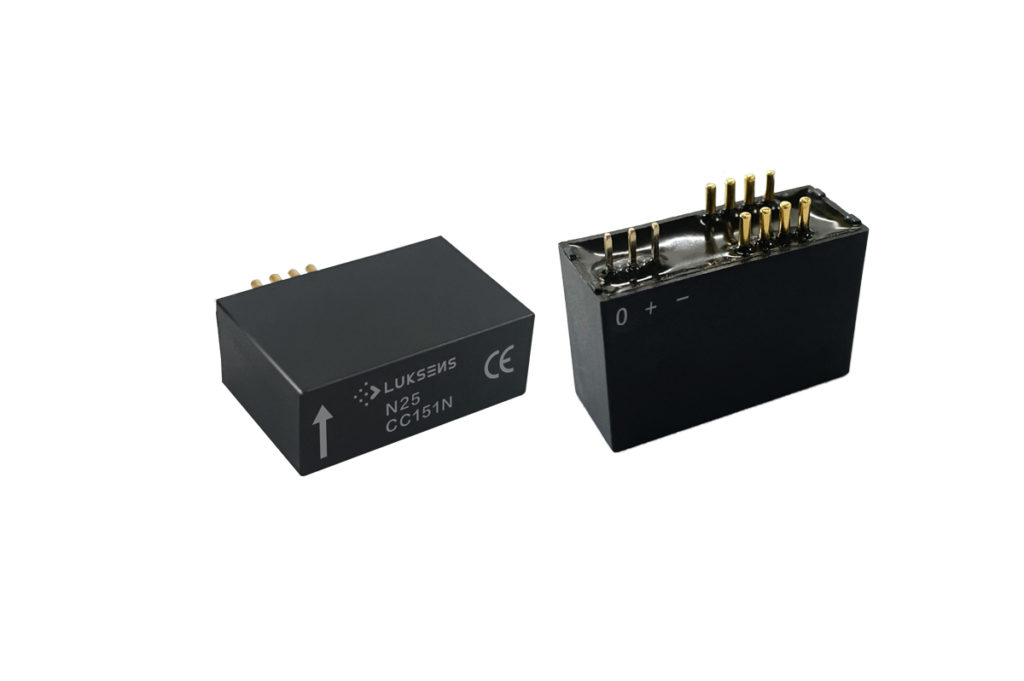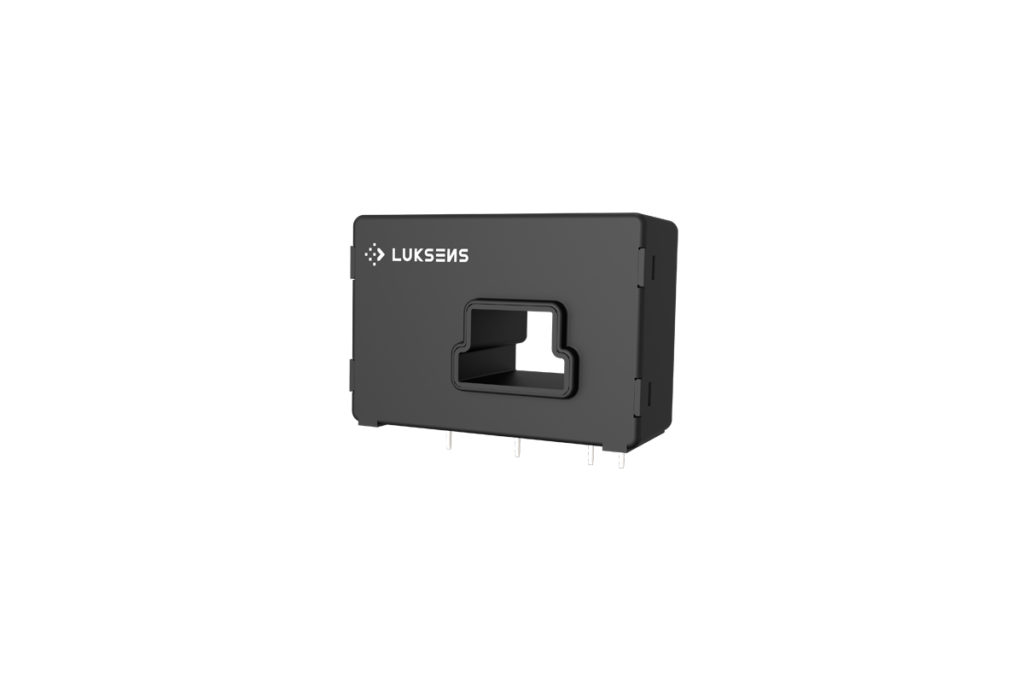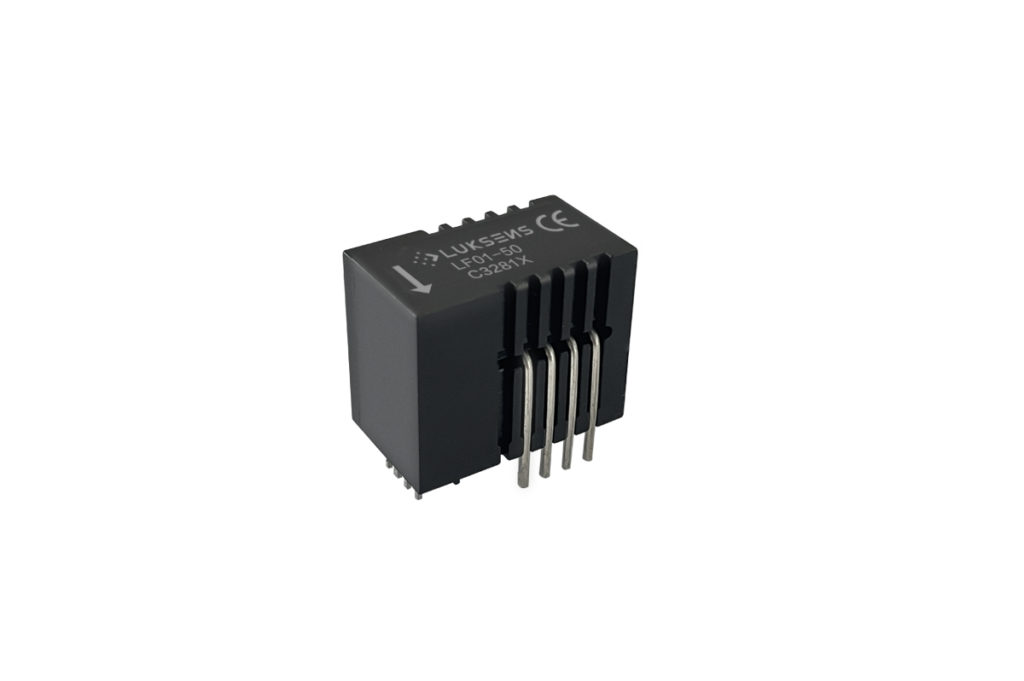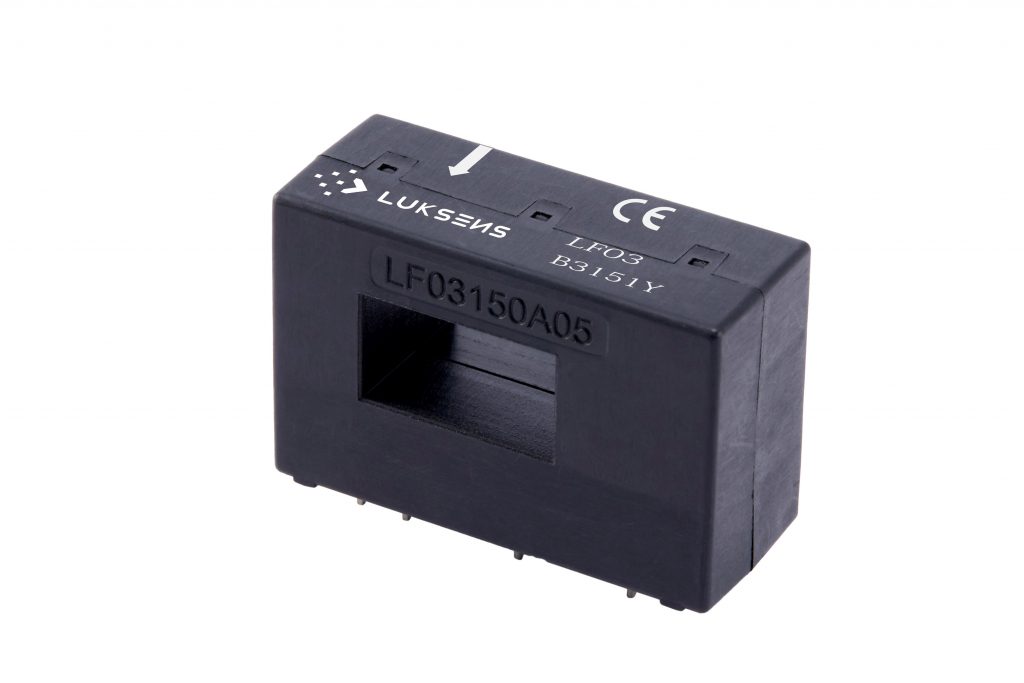Servo Controller/Drive
You are here:
- Home
- DRIVE MOTION
- Servo Controller/Drive
Servo drives play an important role in automation systems. Its main functions include position control, speed control, torque control, motion analysis, and improving energy efficiency. It achieves high-precision and high-performance control of mechanical systems by controlling servo motors. Current sensors play a crucial role in servo motor drives.
The main technical applications of current sensors in servo motor drives:
- Current measurement: The current sensor is used to measure the output current of the servo motor. Real time monitoring of the motor’s current is the foundation for achieving precise control, ensuring that the motor operates within the set current range.
- Feedback control: The servo motor driver can implement closed-loop feedback control through the current measurement value provided by the current sensor. This control mechanism compares the actual current with the expected current, adjusts the output to maintain the motor in the desired state, and improves the system’s responsiveness and accuracy.
- Overload protection: The current sensor is used to monitor the current of the motor. Once the current exceeds the rated value, the servo motor driver can take measures, such as reducing output or stopping motor operation, to prevent motor overload and damage.
- Motor parameter adjustment: By measuring the current, the servo motor driver can adjust the dynamic performance of the motor. This includes adjusting the acceleration, deceleration, and response time of the motor to meet the specific application requirements.
- Energy efficiency optimization: Through current measurement, servo motor drivers can optimize the use of energy. It can adjust the output current according to the load demand, avoid excessive energy consumption, and improve the efficiency of the system.
- Steady state and dynamic performance control: Current sensors help servo motor drivers achieve precise control of the steady state and dynamic performance of the motor. This includes maintaining the stability and responsiveness of the motor under different load and speed conditions.
- Fault detection and diagnosis: Through real-time monitoring of current, servo motor drivers can detect faults or abnormal situations in the motor system and diagnose them. This helps to detect problems in advance and take measures to improve the reliability and maintainability of the system.
Typical application examples:
- CNC machine tools
- Printing equipment
- Wind power generation
- Robots
- Medical equipment
- Textile machinery
- Food processing equipment
- Automated testing equipment
Our products:
- Max. measuring range ±50A (DC or AC peak)
- Nearly zero magnetic hysteresis
- Fast response <0.5μs
- High frequency bandwidth 200kHz
- Max. measuring range ±300A (DC or AC peak)
- Nearly zero magnetic hysteresis
- Fast response <1μs
- High frequency bandwidth 100kHz
- Max. measuring range ±150A (DC or AC peak)
- High frequency bandwidth 300kHz
- Compact size for PCB mount
- Rapid response, minimal noise output
- Superior temperature stability and linearity
- No insertion losses
- High immunity from external interference
- Nearly zero offset voltage
- High ESD sensitivity (Human Body Model) 4KV
- Max. measuring range ±270A (DC or AC peak)
- Compact size for PCB mount
- Unipolar power supply
- Very low offset voltage
- Fastresponse1μs
- High frequency bandwidth
- Nearly zero offset voltage





